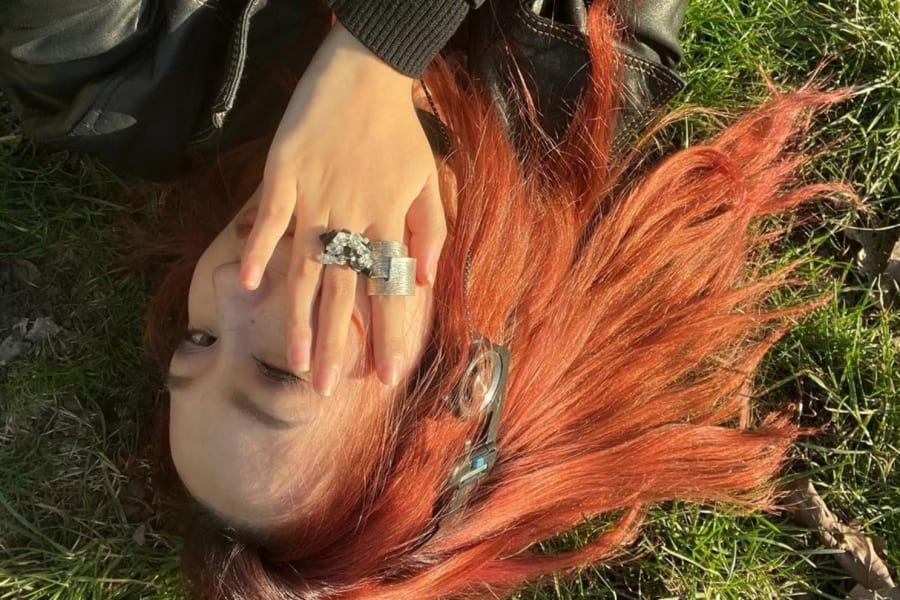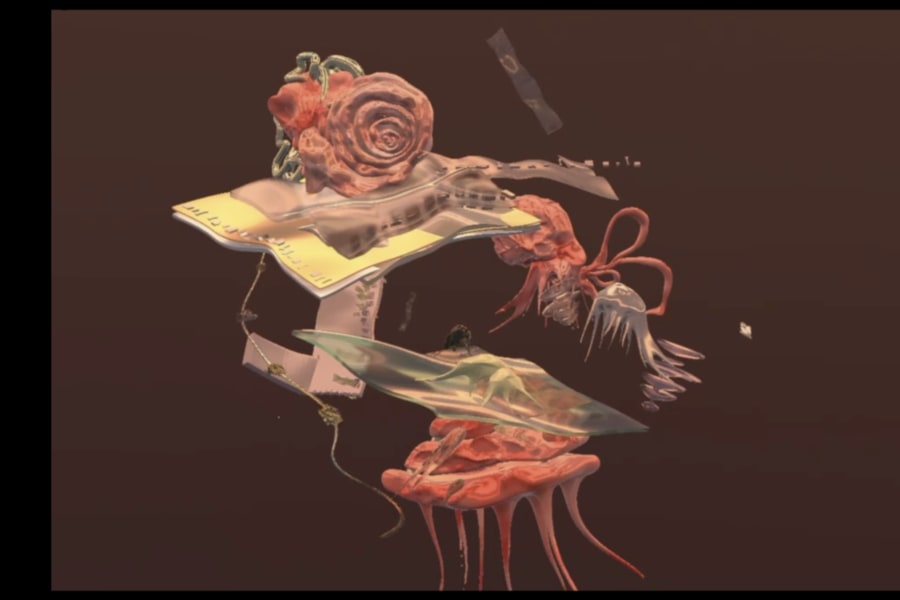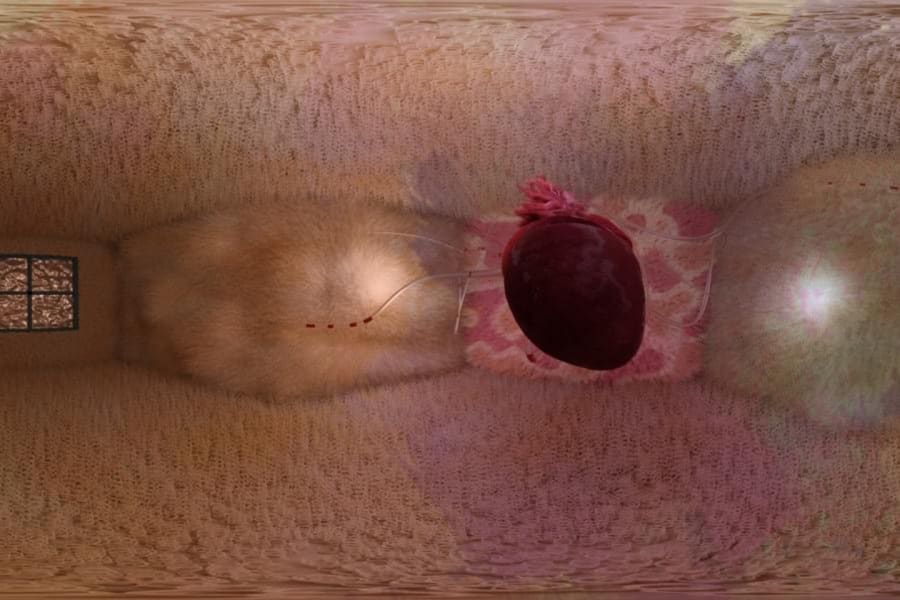Exploring the complex emotional connections that people can have with inanimate objects, we describe how individuals can develop deep attachments to certain objects, seeking comfort and solace in their presence. These items, often referred to as transitional objects, can serve as a psychological refuge in times of anxiety and uncertainty. Despite the genuine and powerful emotions experienced by these individuals who love objects, they are often stigmatised and considered pathological by society. Our project aims to bridge this gap, promoting understanding and acceptance through interactive media.
Inanimate Object Dependence





Our Approach
Exploring the complex emotional connections that people can have with inanimate objects we describe how individuals can develop deep attachments to certain objects, seeking comfort and solace in their presence. These items, often referred to as transitional objects, can serve as a psychological refuge in times of anxiety and uncertainty. Despite the genuine and powerful emotions experienced by these individuals who love objects, they are often stigmatised and considered pathological by society. Preserving the object they depend on from wearing out and maintaining their original feeling became a challenge over time.
Our design output uses virtual space (VR) as a digital platform to help the people rely on the inanimate object, to better preserve the objects they rely on and to record their memories or feelings with them. The VR platform can also act as a bridge between the public and this group. People who have inanimate object independence can choose to share their virtual space with their relatives, friends, etc. to experience.